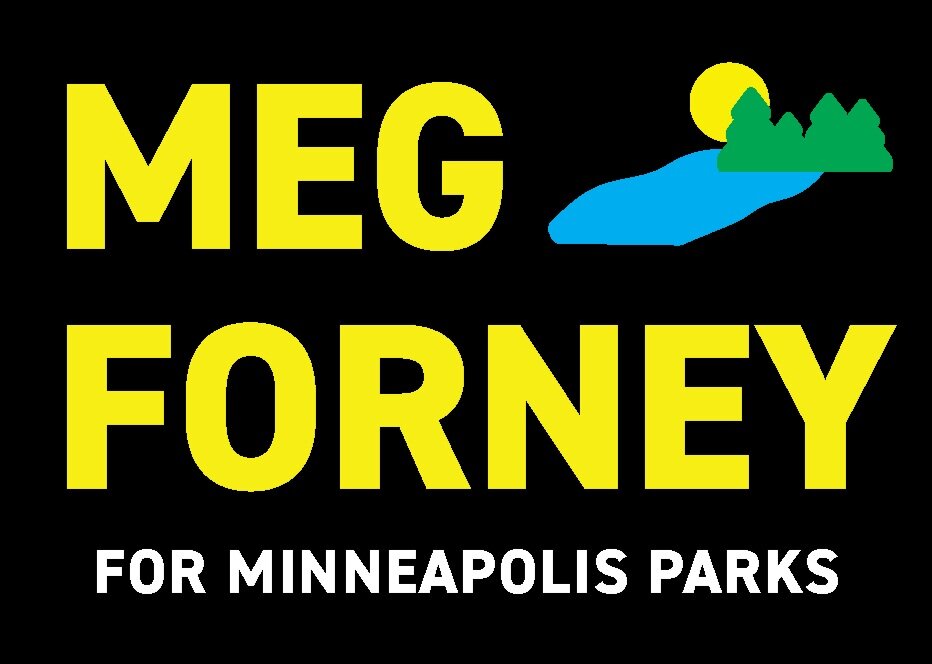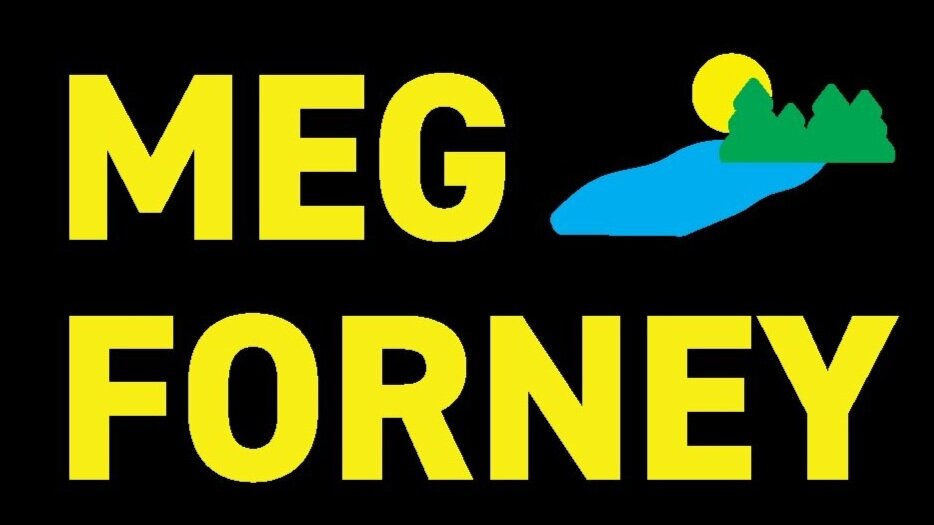Question 1. Reason for Running
First, I want to thank you for the opportunity to serve you as your citywide Park Commissioner. It is an honor and a privilege and, daily, I am humbled by my small role in the legacy of our 138-year history. I am proud of our accomplishments during my short two terms:
• Funding for our neighborhood parks for 20 years, utilizing a racial equity matrix. Infusing annually $11 million for capital rehabilitation and addressing gaps in our system through quantifying community characteristics of population, economics and safety as well as the parks’ physical condition.
• Adding strategic parkland to our system, targeting the gaps in underserved areas. In my short two terms, we have increased from 94% to 98% that every resident is within a 10-minute walk of a park, an increase of over 25 acres of land, targeting the gaps in underserved areas.
• Master planning the entire city’s park system for long-term development and improvements. Through extensive community engagement, each of our five service areas has concrete visions to meet the growing needs of our users and mean the needs of those most marginalized. The functional role of a commissioner is to hire our superintendent, set our budget and establish park policies. Additively, a commissioner serves as the conduit of information between constituents and staff and other levels of government and park partners. It may take talent and passion to run for office, yet, once elected, one needs to turn that passion to governance. With several commissioners declining to run for reelection, our Park Board is going to see substantial turnover with many new faces. I have the proven park leadership experience to assist in bringing the new board together to improve the lives of Minneapolis residents and families. I have chaired significant Park Board committees through my tenure—the Administration and Finance Committee, and the Planning Committee. As appointee of our Minneapolis Parks Foundation, serving on their Development Committee, I am proud of the efforts to leverage more dollars for our RiverFirst Initiative—some $18 million.
Question 2. Parks for All and Equitable Access and Investment
- What is your understanding of the draft Parks for All Comprehensive Plan? What elements within the plan are most important to you? How will you use Parks for All to guide your decisions?
I advocated for a comprehensive park plan in 2000 when none had been done for over 40 years. I am grateful we are “renewing” our vision for our 138-year system, through extensive community engagement. It is our opportunity to reassess the needs of the community and realign. This process comes on the heels of planning the entire system through our service areas. These are the nitty-gritty aspects. Our Parks for All Comprehensive Plan is created to take the 50,000-foot view, yet, stay true to our initial mission. It will be our guide for our policies for the next decade. Through this document, I will reaffirm my commitment to protect our natural and recreational resources for ALL. Engaging youth in meaningful activities to build life skills is critical and meaningful work is our biggest tool in preventing youth violence. By equipping them with training and hands-on experience, our park programs will offer promising young people the opportunity to build sustainable and meaningful careers. In conjunction with our Urban Tree Planting projects, we will establish a workforce development program to train people for the region’s emerging Green Economy. Hiring a Forest Outreach Coordinator to launch careers in urban forestry program in Minneapolis and link Minneapolis youth to state and national tree programs is our goal. The exciting part of our Climate Resiliency Initiative, for which I am one of the lead Commissioners, is it creates the opportunity to employ and train teens in environmental jobs.
Question 3. Racial Equity and Cultural Inclusion
- How do you plan to ensure that the Minneapolis park system addresses and redressed historic and systemic racial inequities designed within the system? What is your understanding of the Racial Equity Action Plan and other existing tools and strategies to increase equity in parks? What metrics will you use to evaluate change and improvements related to a just park system?
As a lead commissioner in enacting the 20 Year Neighborhood Parks Plan (NPP20), I see the addition of our Racial Equity Matrix as historic—a first nationally. To take “influence” out of addressing asset management and base our decision on data that acknowledges racial, economic and safety disparities are clear guidelines for how projects are selected and prioritized over other, also important projects. To be a “watchdog” over the ordinance, I am committed to its basic tenets. To further the use of data based on assessing racial inequities is essential to be applied to all aspects of the park system. Updating the measurables needs to evolve and be Responsive.
Question 4. Funding and Investments
- How will you balance the demands for expanding the parks system with new parks, trails, features, and programs while maintaining the existing system? In what areas of the Minneapolis park system do you see a need for increased funding? How will you seek to balance expanding the system with ongoing funding commitments? How will you support the commitment to NPP20 made in 2016 providing $11 million in annual funding toward neighborhood park maintenance and operations and guided by a racial equity matrix.
- Do you see opportunities for public/private and public/public partnerships? What new collaborations do you hope to spend time building to meet the Park Board’s mission?
As the Park Board appointee to the Minneapolis Parks Foundation, I value the “investments” that our private partners have leveraged to meet the needs of communities underserved. With the growth of the city in population as well as user needs, continuing to diversify, grow and perform on-going maintenance is a balancing act. Funding needs to meet those demands but not on the shoulders of that citizenry. I am grateful that in my short term on the Board, we have had the Park Dedication Fee law, which took eight years to establish, to grow parks where development is. Since its enactment, we’ve seen over $20 million come in to help establish new parks throughout the system as our city grows in population and as the user demand increases. I will advocate for creating consistent funding streams such as an endowment fund. NPP20 was established after years of “noble” attempts to address our underfunded parks without state aid. Establishing data to support funding needs was a primary factor in its enactment. Our state funding is key to the over-all maintenance of our regional parks. The Minneapolis Park regional system sees over 25 million user visits per year. The Park Board spends $25 million annually to operate and maintain that regional system and we get roughly 10% of that cost covered by the state of Minnesota or about $2.5 million per year. Supporting our legislators with strong empirical data are the tools needed for reliable funding.
Question 5. Strategies for Climate Sustainability and
Environmental Stewardship
- What strategies will you champion to ensure that the Minneapolis Park Board is a responsible and proactive environmental steward of the land under its management and is a collaborative partner in ensuring that Minneapolis is responsive to climate change?
Forging the waters going forward, our biggest threat is climate change and our parks are our best line of defense for balance. I have been onboard an initiative to address climate resiliency in multiple efforts. Our Tree Preservation Levy of eight years expires at the end of this year. It is critical that we offset this expiration. Over the past couple of years, I, as well as other elected officials and private citizens, have set forth actions to increase our tree canopy on our streets and in our parks with a 20-year commitment. It is critical to retain our Forestry crews as well as hire a Forest Outreach Coordinator. We will concentrate largely on North Minneapolis—focusing on heat islands and environmentally disadvantaged areas. To do so, it is essential to build partnerships with other governmental entities as well as non-governmental ones and to create sustainable funding streams outside of real estate tax revenue. We are exploring carbon offset credits, the Federal American Rescue Plan, the Future Federal Infrastructure Funding, even a partnership with Minneapolis Airports Authority. Mitigating the impacts of climate change by reducing heat islands through cooling streets and buildings, capturing stormwater, filtering air pollutants, and providing wildlife habitat. Reforestation at an accelerated rate is critical.
Question 6. Vision - Top 3 Priorities for Next 4 Years
- What are the top three priorities you will focus on in the next four years? What benchmarks should be used to measure your success toward those priorities?
Pivoting to enhance air and water quality and mitigate heat islands. Accelerating tree planting is essential. Activate a Health Equity Lens. Establish baselines and annual targets for greenhouse gas and carbon emissions reduction. Improve water quality, manage regional and park stormwater, achieve required Clean Water Act standards and restore natural systems. Foster connections between neighbors, generations and parks. Empowering our youth by creating life-skills to acquire sustainable jobs, and to support building relationships to prevent youth violence. Grow expertise toward longterm stewardship of natural areas in our parks. Invest in nature-centered play and programming for all ages. Support people’s ability to age in place through accessible engagement, programming, facilities and passive low-impact recreation opportunities to enjoy all parks. Foster multigenerational access to parks. Lifting barriers for equitable park access for all Minneapolis residents and families. Belonging is about people feeling connected to a place and people. Complete access to above the falls of the Mississippi River for north and northeast residents, Bassett Creek for near north, Missing Link for northeast and southeast access. All, while, guiding parks in a financially sustainable manner via our racial equity metrics. Parks are a thriving creative economy that outpace even professional sports. Short-term and long-term financial stability of the park system shall be measured through the development of empirical, equity driven data metrics and pilot decision making.

